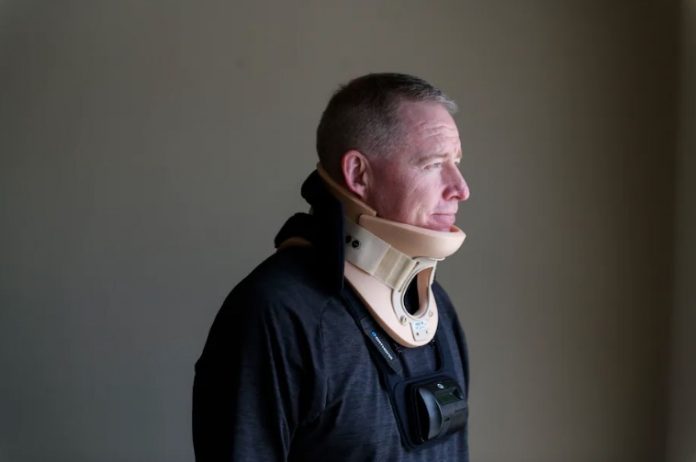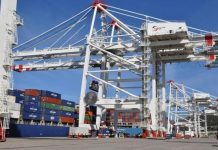Amazon and the group are also launching the MSD Pledge, an effort to get other employers to join it in tracking injuries and developing programs to reduce them.
A Post investigation last week found that Amazon reported a higher rate of serious-injury incidents that caused employees to miss work or be shifted to light-duty tasks since 2017 than at other comparable warehouse operators. The analysis, using data Amazon and other large employers submit to the Occupational Safety and Health Administration, found that Amazon warehouses reported 5.9 serious incidents for every 200,000 hours worked at a warehouse in the United States last year, the equivalent of 100 employees working full time for a year. That was nearly double the rate at non-Amazon warehouses.
“We know we have work to do,” MacDougall said.
One thing Amazon won’t change is the system of performance metrics for workers, which it calls “rate.” The company sets per-hour productivity targets for warehouse employees to stow, pick and pack items that some workers and Amazon critics have called onerous and said lead to injuries.
“Safety and performance targets can go hand in hand, and that will continue to be the case,” MacDougall said.
While Amazon intends to share injury data with the council as part of the initiative, MacDougall would not say whether the company plans to make that data public. And the safety group plans to use the data to help develop programs that enhance workplace safety for companies that take on the pledge. But it will not try to hold Amazon accountable.
“That’s not really the National Safety Council’s responsibility,” Lorraine Martin, the council’s president and chief executive, said during the news conference.
The pledge echoes an earlier effort by Amazon to address criticism that it had not done enough to offset the greenhouse gas emissions it produces. In 2019, the company created the Climate Pledge with former U.N. climate chief Christiana Figueres to meet the goals of the Paris climate agreement 10 years early.
That effort came as Amazon faced criticism from employees who called on the company to, among other things, end contracts with its cloud-computing business that help energy companies accelerate oil and gas extraction. The Climate Pledge, which a critic said lacks transparency and standardized rules for what is measured and reported, bypassed existing corporate climate reporting initiatives.




